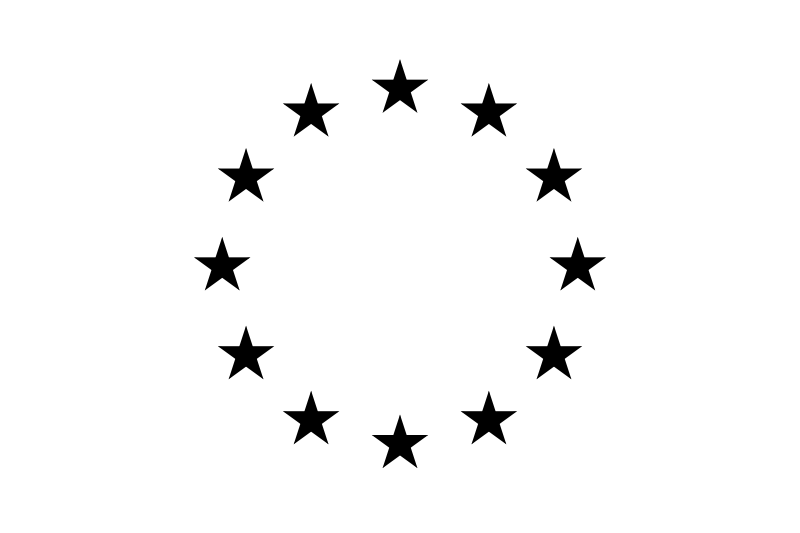Costa, A., Mingari, L., Smith, V.C. et al. Eruption plumes extended more than 30 km in altitude in both phases of the Millennium eruption of Paektu (Changbaishan) volcano. Commun Earth Environ 5, 6 (2024). https://doi.org/10.1038/s43247-023-01162-0
The Millennium Eruption of Paektu volcano, on the border of China and North Korea, generated tephra deposits that extend >1000 km from the vent, making it one of the largest eruptions in historical times. Based on observed thicknesses and compositions of the deposits, the widespread tephra dispersal is attributed to two eruption phases fuelled by chemically distinct magmas that produced both pyroclastic flows and fallout deposits. We used an ensemble-based method with a dual step inversion, in combination with the FALL3D atmospheric tephra transport model, to constrain these two different phases. The volume of the two distinct phases has been calculated. The results indicate that about 3-16 km3 (with a best estimate of 7.2 km3) and 4-20 km3 (with a best estimate of 9.3 km3) of magma were erupted during the comendite and trachyte phases of the eruption, respectively. Eruption rates of up to 4 × 108 kg/s generated plumes that extended 30-40 km up into the stratosphere during each phase.

